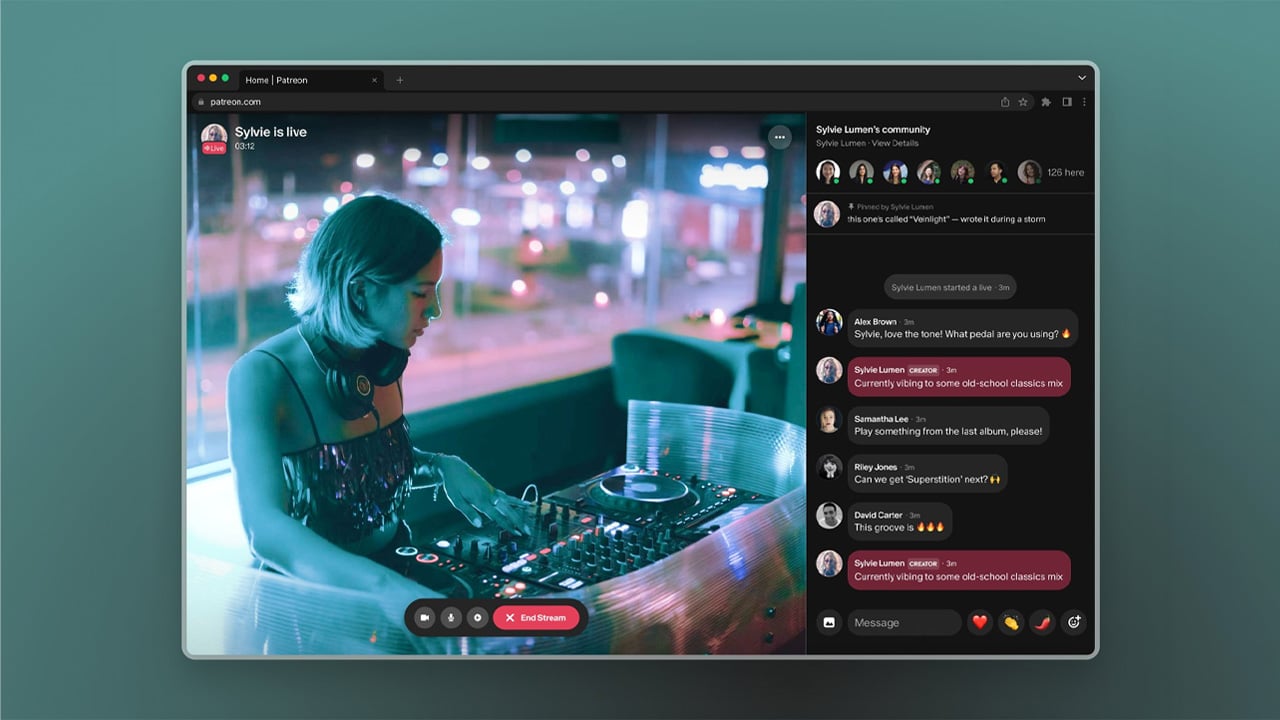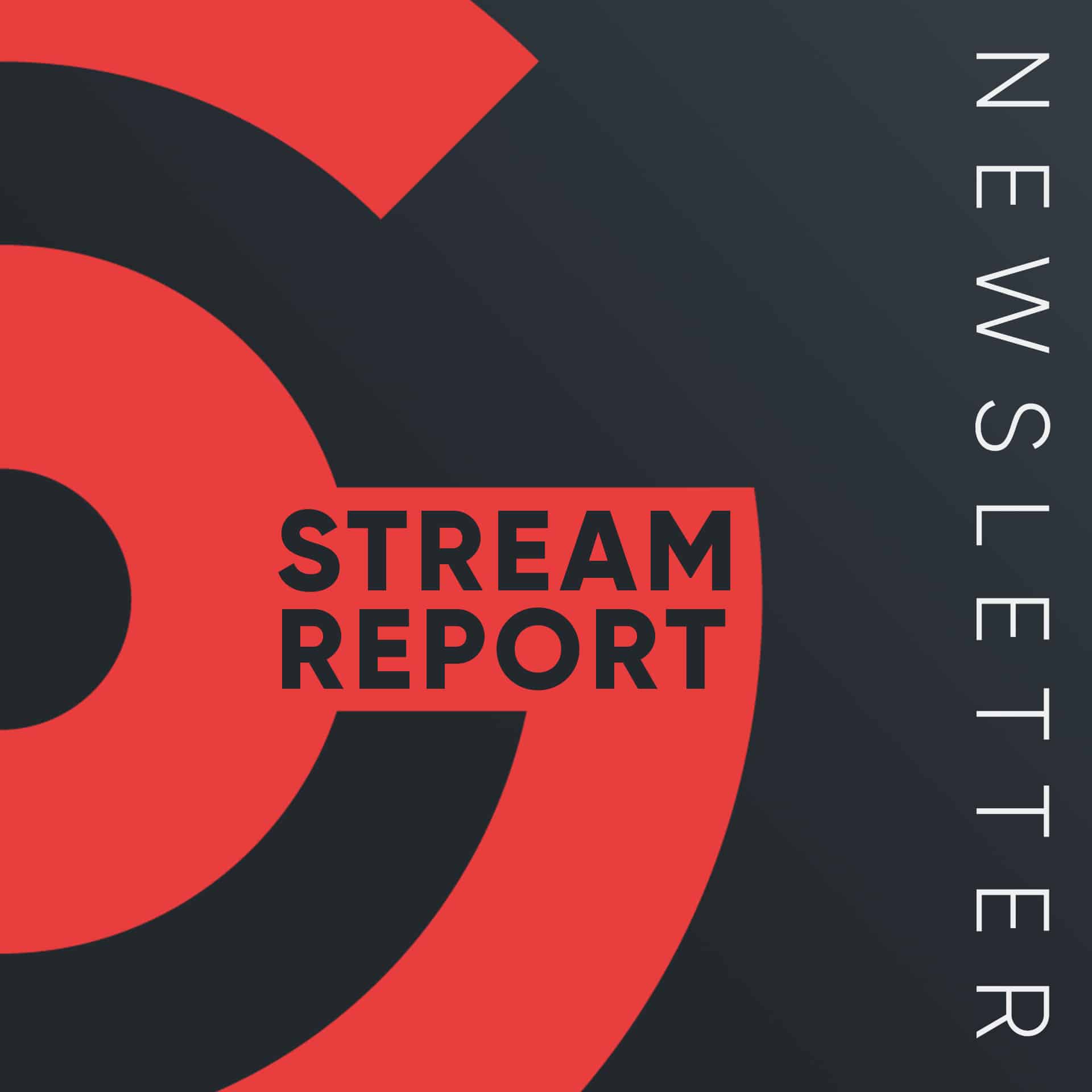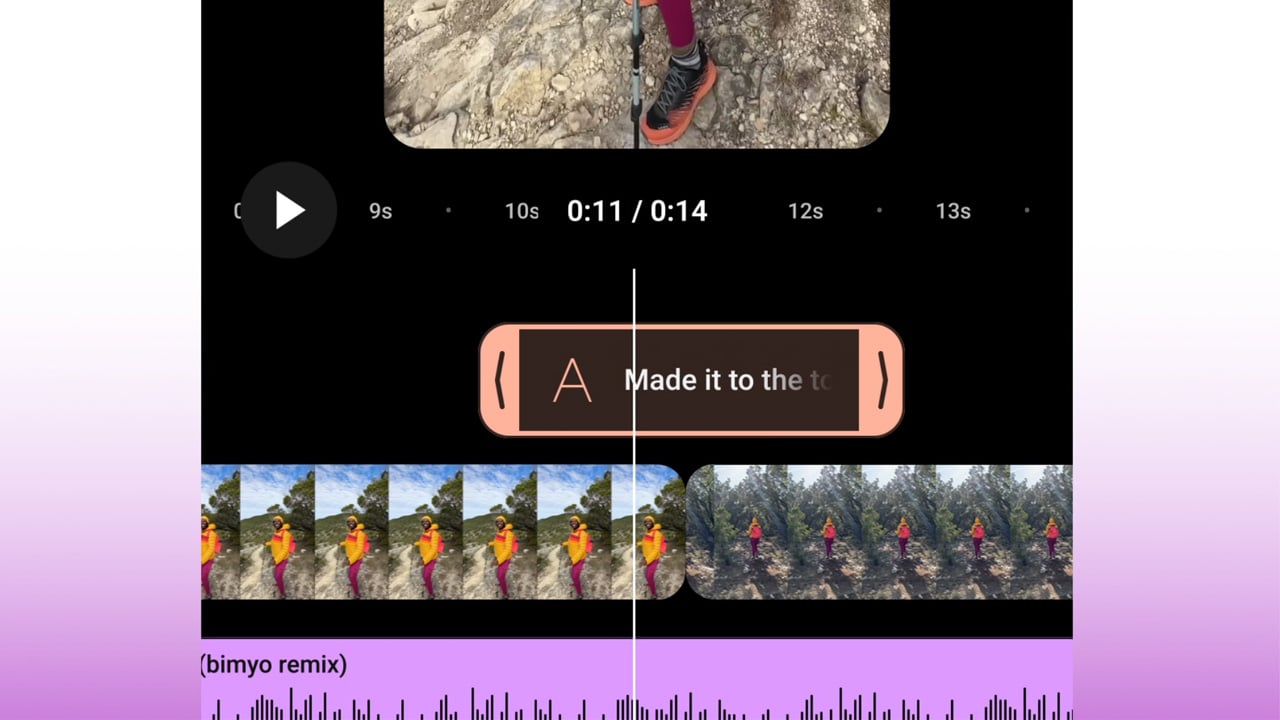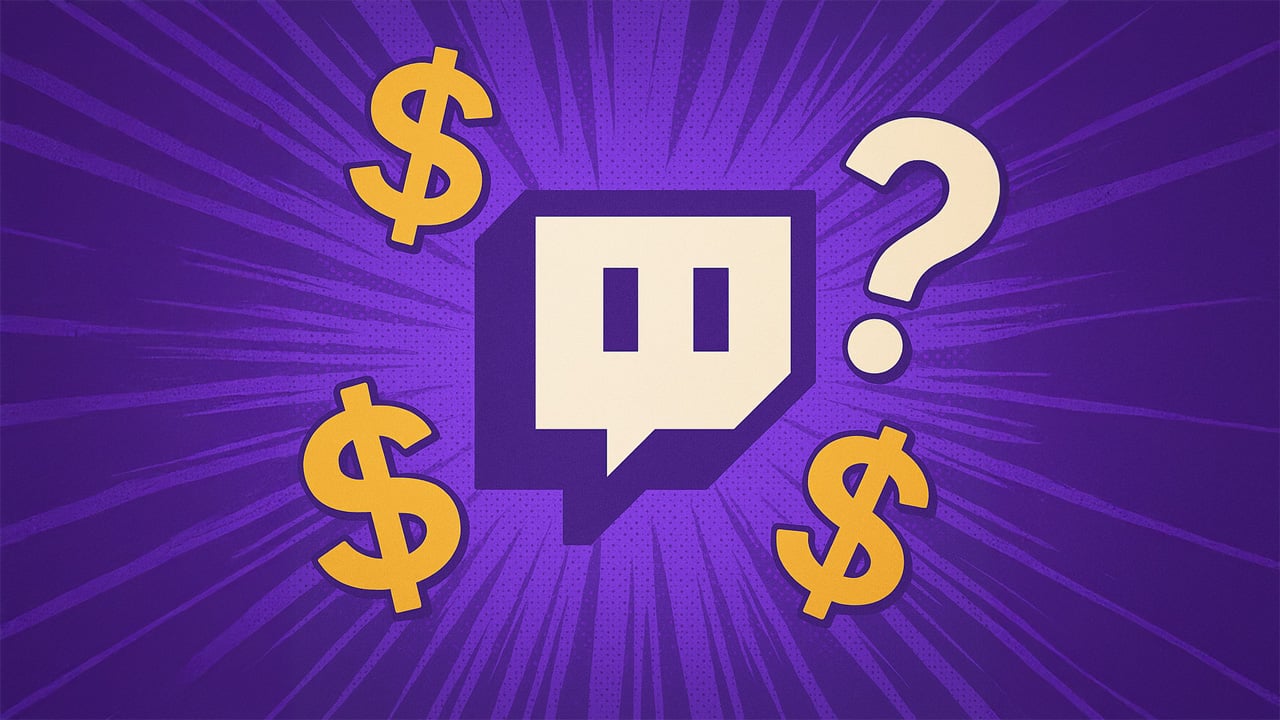Patreon Jumps into Livestreaming: What Creators Need to Know

Big news from Patreon this week: they’re launching their own native livestreaming feature. This means you’ll soon be able to go live directly on Patreon without needing third-party tools like YouTube or Zoom for private streams.
It’s hitting early access for some creators now, with a full rollout planned for this summer.
This move reinforces Patreon’s goal to be the ultimate membership platform, adding another powerful way for you to deliver exclusive value alongside existing formats like video hosting, podcasts, blog posts, images, and community forums.
So, what does this new live feature actually mean for your workflow and your wallet? Let’s dive in.
What’s Included in Patreon Live?
Patreon is aiming for an integrated experience, bringing live capabilities right into their platform.
- Go Live Directly: Stream straight from the Patreon website or mobile app. No extra software is required for basic streaming.
- Pro Tools Still Supported: Prefer your current setup? OBS and Streamlabs Desktop are supported if you need more production control or want to co-host.
- The Basics Covered: You can set a title, description, and schedule streams ahead of time.
- Interaction Tools: Expect the essentials, including live chat, emoji reactions, pinned messages, a viewer list, and moderation tools.
- No Time Limits: Unlike some platforms, Patreon states there are no limits on stream duration. (Though your specific Patreon plan might have limits on video uploads/storage).
- VODs & Downloads: Stream recordings (VODs) will be available, and you can download them.
- Ad-Free Experience: Patreon emphasizes no pre-roll or mid-roll ads, keeping the focus on your content and community.
Monetization: How Can You Use It?
Naturally, monetization is a key part of this new feature. Patreon Live offers several ways to generate revenue directly from your streams. You can offer live sessions as an exclusive perk for specific paid membership tiers, adding more value for your top supporters. Alternatively, you could stream to all your members (both free and paid) to engage your entire community at once.
Patreon is also enabling pay-per-view events, allowing you to set a one-time purchase price for access to special live content. Furthermore, you can sell VOD access by putting stream recordings behind a paywall as a separate purchase option for those who missed the live event or want to rewatch.
Beyond these initial options, Patreon is hinting at exploring more monetization features for livestreams down the line. Could live tipping or integrated membership gifting be next? It certainly seems likely.
Is This a Threat to Twitch?
Let’s cut to the chase: Is Patreon trying to become the next Twitch?
Unlikely.
This doesn’t look like a move to build a massive, public-facing streaming site with a complex discovery algorithm. Instead, it’s about giving creators another tool to connect directly with their existing patrons.
Livestreaming excels at building community and fostering connection. Patreon is tapping into that, providing a native way for podcasters, artists, musicians, writers, and other creators to engage their core audience in real-time.
Where It Could Impact Twitch: Your Wallet
While Patreon Live might not compete directly on discovery, it could offer a compelling alternative for monetization.
- The Creator Split: Patreon’s major selling point has always been its favorable revenue share – often around 85% to the creator after fees. This significantly beats Twitch’s standard 50/50 split and YouTube’s 70/30 split for memberships.
- A Hybrid Strategy: You could stream publicly on Twitch/YouTube for reach, but instead of pushing subs there, encourage viewers to join your Patreon. Then, offer exclusive bonus streams directly on Patreon, keeping a larger cut of the revenue.
- Future Monetization: Imagine Patreon adding live tipping with that 85% creator cut. That would be a powerful incentive.
Potential Hurdles
Of course, it’s not all guaranteed success. Technical performance is a major question mark. Livestreaming is demanding, and Patreon doesn’t have a proven track record with complex video infrastructure. Will they build their own tech from scratch, or leverage an existing service like Amazon’s Interactive Video Service (IVS) for potentially faster stability? Either way, consistent stream quality and reliability are crucial unknowns – will it just work?
Another hurdle is feature depth. While the announced tools cover the basics, will the initial offering be robust enough for experienced streamers accustomed to the more developed ecosystems on platforms like Twitch or YouTube?
Final Thoughts
Patreon adding native livestreaming is a logical step in their evolution as a comprehensive membership hub. It enhances the platform’s value proposition for creators, offering a new way to engage supporters and leverage Patreon’s attractive revenue splits.
It’s probably not going to replace your main platform for broad audience growth, but it presents a strong new option for exclusive community interaction and potentially better monetization.
🔥 Pete’s Content Corner
Delve into my weekly selection of content creation highlights—handpicked videos, podcasts, and tweets that promise to captivate, educate, and entertain.
- Twitch has extended the 100-hour VOD storage limit deadline to May 19th, 2025, while improving download speeds, exports, and bulk selection tools to help creators manage their archives.
- TikTok introduced Footnotes, its version of community notes, allowing eligible US users to apply to add context and relevant information to videos on the platform.
- Aftermath covered a detailed story exploring how streamer organization OTK has faced significant challenges and an uncertain future due to internal conflicts, controversies, and the unpredictable nature of famous streamers.



